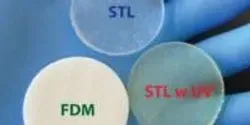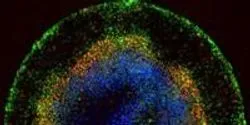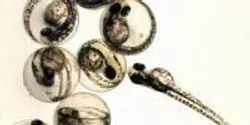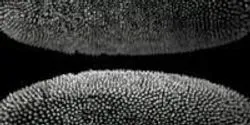embryos

Researchers exposed zebrafish embryos to discs printed by two kinds of commercial 3-D printers

Scientists at the University of Cambridge working with the Weizmann Institute have created primordial germ cells – cells that will go on to become egg and sperm – using human embryonic stem cells. Although this had already been done using rodent stem cells, the study, published Dec. 24 in the journal Cell, is the first time this has been achieved efficiently using human stem cells.

Lisa Taneyhill, Ph.D., an assistant professor in the Department of Animal and Avian Sciences at the University of Maryland, has been awarded a $1.9 million research grant from the National Institute of Dental and Craniofacial Research at the National Institutes of Health (NIH).

About seven days after conception, something remarkable occurs in the clump of cells that will eventually become a new human being. They start to specialize. They take on characteristics that begin to hint at their ultimate fate as part of the skin, brain, muscle or any of the roughly 200 cell types that exist in people, and they start to form distinct layers.















